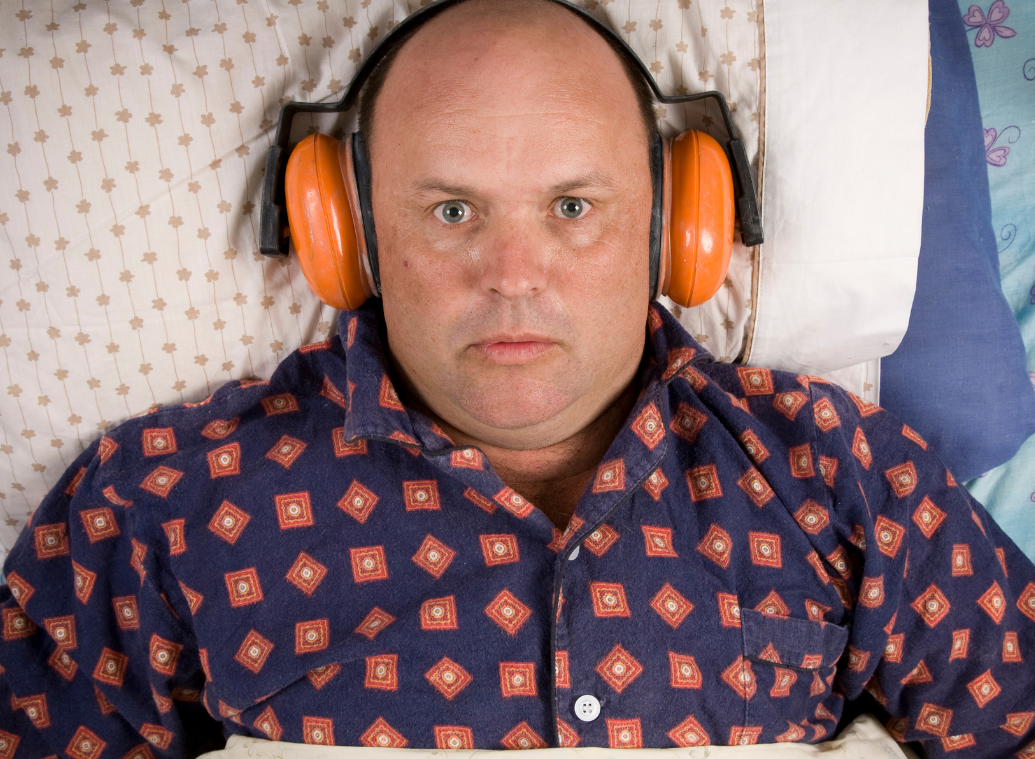- Home
- Forums
- General forums
- Good to know
- Why Are Black And Latino Kids More Likely To Die Of Certain Cancers?
Why Are Black And Latino Kids More Likely To Die Of Certain Cancers?
- 11 views
- 0 support
- 1 comment
All comments
![]()
broadwaylady
Good advisor
![]()
broadwaylady
Last activity on 12/06/2022 at 3:49 PM
Joined in 2018
34 comments posted | 1 in the Good to know group
2 of their responses were helpful to members
Rewards
-
Good Advisor
-
Contributor
-
Messenger
-
Explorer
-
Friend
This is so sad. Socioeconomic status plays a role in so many things, and it seems to always disparagingly affect minorities - just look at the judicial system. I think we should continue to work to making progress and have initiatives, be it governmental or private, that work to close this gap.
Articles to discover...
Subscribe
You wish to be notified of new comments
You have been subscribed








Lee__R
Community managerGood advisor
Lee__R
Community manager
Last activity on 04/03/2020 at 5:04 PM
Joined in 2018
1,336 comments posted | 120 in the Good to know group
2 of their responses were helpful to members
Rewards
Good Advisor
Contributor
Messenger
Explorer
Friend
Top chef
When it comes to cancer survival, the United States is sharply divided by race.
According to the Centers for Disease Control and Prevention, the cancer death rate for African-Americans is 25 percent higher than whites, and Hispanics and Latinos are more likely to be diagnosed with cancer at a late, and more dangerous, stage of the disease.
Kids aren't exempt from those disparities either — black and Hispanic children are more likely to die of many childhood cancers than their white counterparts. So what explains the survival gap?
For epidemiologist Rebecca Kehm, the answer could lie not in a test tube or even a patient's race, but in their place in society. In a paper published Monday in the journal Cancer, Kehm and her co-authors pinpoint socioeconomic status as a factor in childhood cancer survival.
Scientists have long looked for a biological basis for the different survival rates among races. Kehm knew that socioeconomic status — a measure of an individual's social standing, including income, education, and occupation — affects adults' chances of surviving cancer. Persistent racism and institutional bias means that black and non-white Hispanic people are much more likely to live in areas of concentrated poverty. Could this explain why their children are more likely to die of some cancers, too?
"We know that there are socioeconomic differences that are closely tied to race ethnicity," says Kehm. "I wanted to show that there are other factors at play than the genetic component."
Kehm and researchers at the University of Minnesota looked at data on nearly 32,000 childhood cancer patients from the National Institutes of Health's Surveillance, Epidemiology, and End Results Program (SEER), a database of cancer statistics compiled from 19 geographic areas throughout the United States. Each SEER entry offers a statistical snapshot of an individual patient, including their race and where they live. The patients were diagnosed between 2000 and 2012.
The researchers determined the poverty level in the cancer patients' neighborhoods, using census tract data. Then, they ran a statistical analysis to determine how much living in a high-poverty neighborhood affected the children's chance of surviving cancer.
First off, the study confirmed what researchers already know: Race does affect a child's likelihood of surviving cancer. Black children were between 38 and 95 percent more likely to die of the nine cancers studied, and Hispanic children were between 31 and 65 percent more likely to die.
Might poverty account for those stark disparities? In nearly half of the types of cancer cases analyzed, the answer was yes. Socioeconomic status seemed to explain those racial differences for several cancers, including acute lymphoblastic leukemia, acute myeloid leukemia, neuroblastoma, and non-Hodgkin lymphoma.
For example, a black child who gets acute lymphoblastic leukemia is 43 percent more likely to die than a white child with the same cancer. With economic status taken into account, the child would be only 17 percent more likely to die. Overall, socioeconomic status explained 44 percent of the disparity between black and white children. It also explained disparities for Hispanic children.
For Karen Winkfield, a radiation oncologist and director of Wake Forest Baptist Health's Office of Cancer Health Equity in Winston-Salem, N.C., the results aren't surprising — and that's part of their value.
"People in health equity intuitively know that socioeconomic status is a driver," she says. "But in the scientific world, the medical world, the only way that people believe it is if they see it in writing."
Studies like this one, she says, put focus on those who can't speak for themselves. "There are children who die who should not die because their parents are poor," she says. "What does this say about our society?"
In one of the cancers, acute myeloid leukemia, socioeconomic status acted very differently on disparities for Hispanic and black children, who have a similar survival rate compared to white children. It explained 73 percent of the survival difference between Hispanic and white kids, but it only explained 28 percent of the survival difference between black and white children. That could mean that other factors, like availability of bone marrow donor matches, some difference in tumor biology, or other social factors, increase black children's risks.
The study had its limitations: It looked at neighborhood level, not individual, measures of social class. The analysis also didn't dive into how much or what kind of health insurance patients had or how well educated their parents were. "We likely didn't capture all of the factors that contribute to one's social and economic standing," says Kehm.
And social class didn't explain all of the disparities: For instance, for central nervous system tumors and soft tissue sarcomas, socioeconomic status didn't move the needle on the racial differences.
Knowing that kids living in poverty have greater cancer risk, researchers can delve into exactly how poverty affects children's health. People with a lower socioeconomic status are exposed to more carcinogens than more affluent people. And kids may face challenges getting screenings or treatments, for example, if their parents have trouble affording transportation or taking time off of work.
Winkfield sees the study as a springboard for a larger conversation about how resources can be better allocated to serve children — and adults — whose socioeconomic status limits their likelihood to survive cancer.
Kehm, who conducted the research as part of her Ph.D. program and is now a postdoc at Columbia University, agrees.
"It's not enough to simply do studies," she says. "We need to figure out specific things we can do to address these disparities. There are things we can do now that don't require money to pour into pharmaceutical development — things that are manageable and can actually make a difference now, today."
What Do You Think About This Study? Opinions? What Can Or Should We, As Citizens, Do?